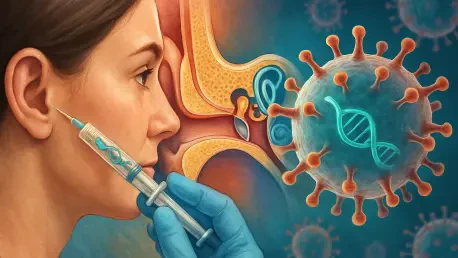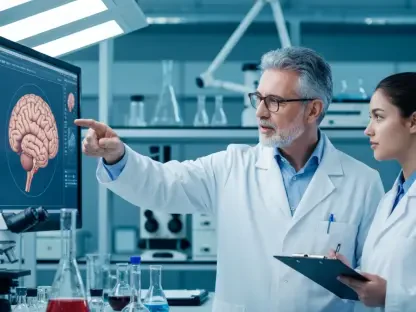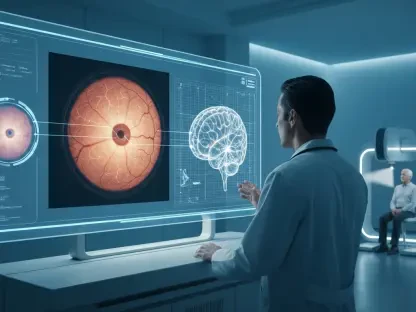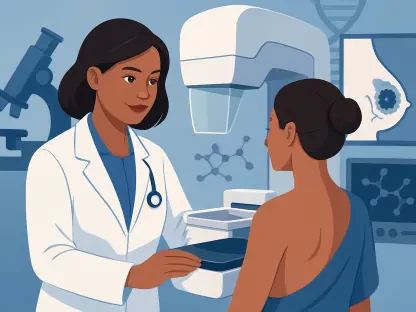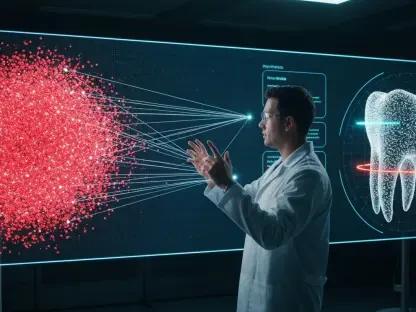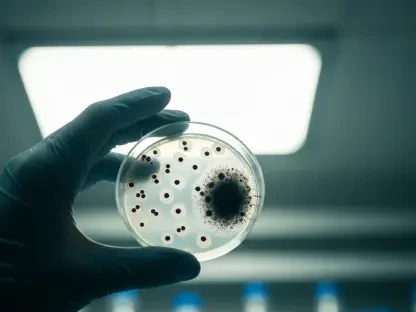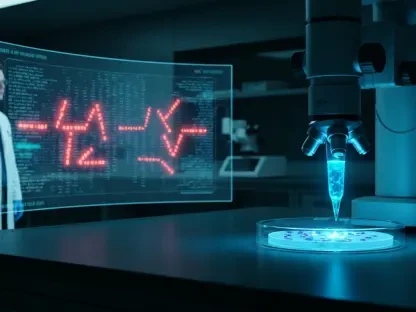I’m thrilled to sit down with Ivan Kairatov, a biopharma expert with extensive experience in research and development, particularly in the realm of cutting-edge technologies and innovations in the industry. Today, we’re diving into the groundbreaking world of gene therapy for hearing loss, focusing on recent advancements that could transform lives. Our conversation explores the unique aspects of this innovative treatment, its real-world impact on children, the nuances of clinical trial outcomes, safety considerations, and the future of genetic medicine in addressing rare disorders.
Can you explain what sets this new gene therapy for hearing loss apart from traditional solutions like cochlear implants?
Absolutely. This therapy, known as DB-OTO, is a game-changer because it addresses the root cause of a specific type of genetic hearing loss by delivering a functional copy of a faulty gene directly into the inner ear. Unlike cochlear implants, which are mechanical devices that bypass the damaged parts of the ear to stimulate the auditory nerve, DB-OTO aims to restore the natural function of the ear’s hair cells. These cells are critical for relaying sound signals to the brain, and by fixing the underlying genetic defect, we’re potentially giving patients a more organic hearing experience without the need for external hardware.
How does this therapy impact the daily lives of the children who have received it?
The impact is profound. In the clinical trial, most of the children treated with DB-OTO improved to moderate or even normal hearing levels. This means they can now pick up on everyday sounds that were previously inaccessible to them—things like a parent’s whisper, the sound of their own name, or even background noises in a busy room. For instance, parents of a young child in the trial reported that their daughter could understand speech in noisy environments and even count to ten, which they described as unimaginable before the treatment. These milestones highlight how this therapy reconnects children to their surroundings and loved ones in ways that profoundly enhance their quality of life.
The trial showed effectiveness across a wide range of ages, which surprised some in the field. What do you think contributed to this success in older children as well?
That’s a fascinating aspect of the trial. Initially, there was a belief that gene therapy for hearing loss might only work in very young children whose auditory systems are still developing. However, the results demonstrated benefits across various ages, from infants to older kids. I think this success could be due to the cochlea’s relatively stable environment, which may allow the therapy to integrate and function effectively regardless of age. It suggests that the window for intervention might be wider than we thought, potentially reshaping how we approach timing for such treatments in the future.
Some children in the trial received the therapy in both ears, while others only in one. How did that difference play out in terms of results?
Treating both ears versus one did seem to influence outcomes, though the data is still being analyzed for definitive conclusions. Children who received the therapy in both ears often showed more balanced hearing improvements, which makes sense since binaural hearing is crucial for sound localization and understanding speech in noisy settings. Those treated in just one ear still saw significant gains, but the overall experience might be less comprehensive compared to bilateral treatment. This has sparked discussions about prioritizing dual-ear administration in future protocols to maximize benefits.
Safety is a critical concern with any new treatment. Can you shed light on the serious side effects reported in the trial and how they were handled?
Of course, safety is paramount. In the trial, most side effects were minor—things like temporary pain or nausea associated with the surgical procedure used to deliver the therapy. However, there were two notable serious events: one child experienced walking instability, and another developed a severe bacterial infection in an ear that had a cochlear implant but wasn’t treated with the therapy. Both issues were resolved without long-term consequences, and they appear to be isolated incidents rather than systemic flaws in the treatment itself. The team is closely monitoring these cases to ensure such events are minimized as the therapy advances to larger populations.
There was some variation in how well children responded to the treatment. What might be driving those differences in outcomes?
That’s one of the big questions researchers are tackling right now. The variation could stem from several factors, such as individual genetic backgrounds, the specific nature of their hearing loss mutation, or even differences in how their bodies interacted with the viral vectors used to deliver the gene. It’s also possible that pre-existing conditions, like having a cochlear implant already in place, might influence the therapy’s effectiveness. We’re still in the early stages of understanding these nuances, but ongoing studies are focused on identifying biomarkers or other indicators that could predict response rates more accurately.
Looking ahead, what is your forecast for the future of gene therapies like this in treating hearing loss and other rare genetic disorders?
I’m incredibly optimistic about the trajectory of gene therapies, not just for hearing loss but for a wide range of rare genetic disorders. The success of treatments like DB-OTO signals a shift toward precision medicine, where we can target the exact genetic root of a condition with unprecedented accuracy. In the next decade, I expect we’ll see more therapies moving from experimental stages to approved treatments, supported by advancements in delivery methods and gene-editing technologies like CRISPR. For hearing loss specifically, the focus will likely be on expanding eligibility, refining safety profiles, and ensuring long-term durability of the effects. If we can answer questions about how long these therapies last and whether re-dosing is needed, we could truly transform lives on a global scale.
